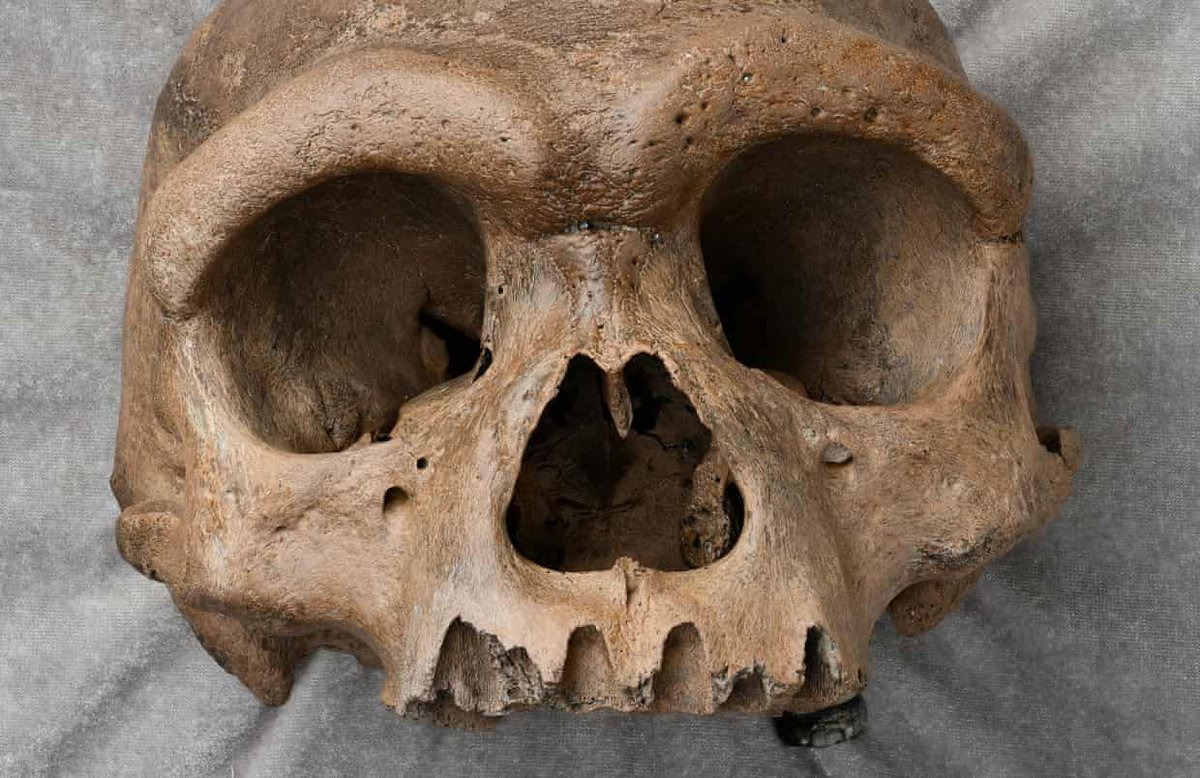Phytoliths are microscopic silica structures from plants. In the sediments of archaeological sites, they can show evidence for #hominin use of wood for burning, grasses for bedding. These are from Pinnacle Point, South Africa. doi.org/10.1371/journa… 

The bottom six phytoliths here come from restios, relatives of grasses and sedges that are found in the Cape Fynbos biome. Esteban and coworkers think at Pinnacle Point, they might have been used in sleeping mats up to 90,000 years ago. doi.org/10.1371/journa… 

At Sibudu Cave, South Africa, from 77,000 years ago hominins came back to the cave again and again, making layers of bedding topped with aromatic plants, and burning to clean them out. The layers are clearly visible. doi.org/10.1126/scienc… 

• • •
Missing some Tweet in this thread? You can try to
force a refresh














